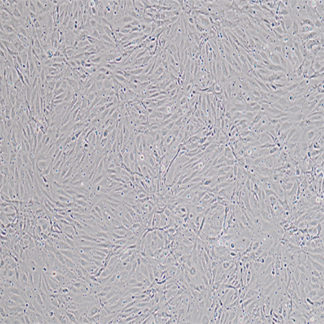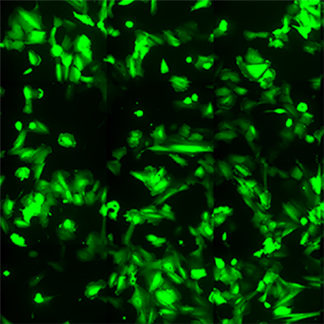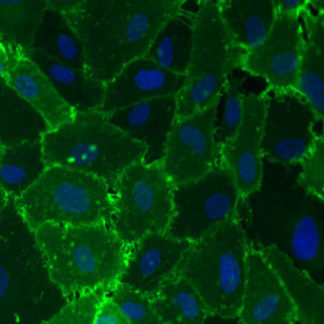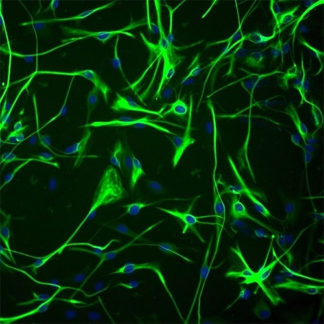Description
Immortalized Human Keratocytes (IM-HK) were developed by immortalizing primary human keratocytes (a.k.a. corneal fibroblasts) with HPV16 E6/E7 gene. Immortalized cells were controlled passaging side by side with the primary cells. Primary cells go into senescence after the 4th passage while the HPV16 E6/E7 gene‐tranduced cells go beyond 30 passages.
Each vial of Immortalized human keratocytes contains more than 1 million viable cells. We also offer optimized medium and reagents for the growth of IM-HK which are quality tested together and guaranteed to give maximum performance as a global solution for in vitro IM-HK culture.
Human Keratocytes, or corneal fibroblasts, are fibroblasts residing in the corneal stroma. They play a key role in maintaining the structure and transparency of the cornea; as they are the source of stromal collagen and proglycans. They also play important roles in corneal wound healing and tissue repair; and undergo phenotypic transformations in wounds due to the influence of growth factors and cytokines. Under normal conditions, the keratocytes in the adult cornea are relatively quiescent cells. In the event of corneal injury or trauma, however, the keratocytes differentiate into active, synthesizing cells and rapidly replace damaged stromal matrix. Keratocytes express functional IL-4Rs and IL-17R on the cell surface, suggesting that these cells may contribute to the role of IL-4 and IL-17 as mediators of allergic reactions in the cornea. After interleukin-1 treatment, cultured keratocytes show changes in gene expression; which suggest novel therapeutic targets for the control of corneal inflammation.








Reviews
There are no reviews yet.